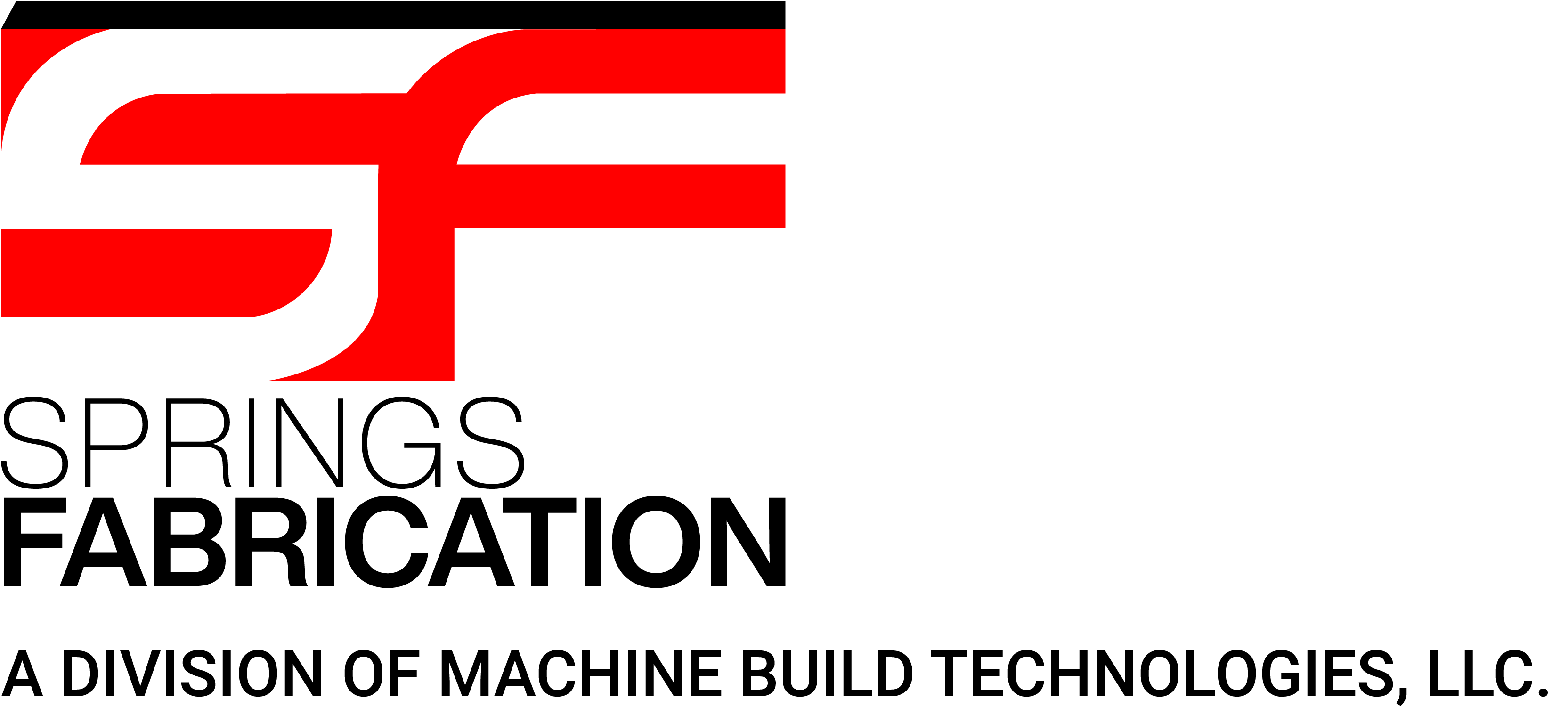The Complete Guide to Skidded System Fabrication: From Design to Deployment
In modern industrial engineering, skidded systems have transformed how process equipment is built, installed, and maintained. Often called skids, modular skids, or skid-mounted systems, these compact, self-contained units are pre-assembled on steel frames and delivered as plug-and-play modules. Their value lies in reduced project time, tighter quality control, safer working conditions, and simpler installation. But what does it actually take to fabricate a skidded system?
What Is a Skidded System?
A skidded system is a pre-engineered, pre-fabricated process unit built on a steel base frame (the skid). Instead of constructing pumps, piping, tanks, controls, and instrumentation directly on-site, the entire assembly is manufactured off-site in a controlled environment and shipped as a complete module.
Skidded systems may include:
-
Pumps and motors
-
Tanks, pressure vessels, and chemical dosing equipment
-
Filtration and separation components
-
Heat exchangers
-
Electrical panels and instrumentation
-
Automation and control systems
These modules are widely used in industries such as oil & gas, chemical processing, water treatment, pharmaceuticals, food and beverage, and power generation.
Why Skidded Systems Are Growing in Popularity
Skidded fabrication allows engineering firms and operators to:
-
Reduce on-site construction time
-
Perform Factory Acceptance Testing (FAT) before delivery
-
Improve safety through controlled workshop fabrication
-
Lower total installation and commissioning costs
-
Ensure consistent quality with standardized manufacturing
-
Easily relocate or scale equipment through modular design
By shifting construction away from the field, companies minimize risks associated with weather, site congestion, unplanned shutdowns, and field labor variability.
How Skidded Systems Are Fabricated
Fabrication follows a systematic, engineering-driven workflow designed to ensure accuracy, safety, and performance. Below are the major phases involved.
1. Engineering & Design
Every skid begins with detailed planning and engineering. This includes:
-
P&IDs (Piping & Instrumentation Diagrams)
-
3D CAD models and layout drawings
-
Process engineering and equipment sizing
-
Electrical schematics and control philosophy
-
Structural design of the skid frame
Designers must ensure equipment fits within the skid footprint, is accessible for maintenance, and meets operational criteria. At this stage, engineers also select materials, instrumentation, valves, pipe schedules, and safety devices.
2. Skid Frame Fabrication
The skid frame forms the structural backbone of the system. Fabrication includes:
-
Cutting and welding steel beams, channels, and plates
-
Adding supports, cross-bracing, and leveling pads
-
Installing lifting lugs, forklift slots, or rigging points
-
Sandblasting and applying protective paint or coatings
The frame is inspected for structural integrity, load capacity, and dimensional accuracy before equipment installation begins.
3. Mounting the Equipment
Once the frame is ready, technicians mount the major components:
-
Pumps, tanks, filters, motors, or heat exchangers
-
Electrical enclosures and control panels
-
Specialized process equipment (mixers, compressors, dosing tanks, etc.)
Equipment is secured to mounting pads using bolting, welding, or vibration-isolating supports. Heavy or central components are positioned first to maintain balance and ease installation.
4. Piping Fabrication & Installation
Piping integrates all equipment into a complete process system. This phase includes:
-
Cutting, fitting, and welding piping
-
Installing valves, fittings, and instrumentation
-
Adding pipe supports, brackets, and guides
-
Performing weld inspections such as X-ray or dye penetrant tests
-
Conducting hydrostatic or pneumatic pressure testing
High-quality piping installation is essential to ensure leak-free, safe operation.
5. Electrical & Controls Integration
A skidded system is not complete without its electrical and automation infrastructure. This step includes:
-
Mounting control panels (PLC, HMI, VFDs)
-
Installing cable trays, conduits, and junction boxes
-
Wiring instruments, sensors, motors, heaters, and safety switches
-
Testing electrical continuity and insulation resistance
-
Programming and verifying control logic
This stage transforms the mechanical skid into a smart, automated process unit.
6. Insulation, Cladding, and Finishing
If the process requires temperature control or noise reduction, insulation is applied to piping and vessels. Cladding—typically stainless steel, aluminum, or PVC—is added to protect insulation and improve appearance. Equipment tagging, nameplates, and pipe labeling are also completed during finishing.
7. Factory Acceptance Testing (FAT)
Before leaving the fabrication facility, the skid undergoes comprehensive testing to verify its quality and functionality.
Common FAT steps include:
-
Mechanical inspections (alignment, weld integrity, component verification)
-
Piping leak tests
-
Electrical continuity and load tests
-
Automation testing (I/O checks, interlock simulation, control logic validation)
-
Functional tests if utilities and process media are available
Customers often attend the FAT to witness testing, approve documentation, and sign off on delivery.
8. Shipping, Installation & Commissioning
After testing, the skid is packaged and transported to the final site. Thanks to its modular design, installation is straightforward:
-
Position the skid on a prepared foundation
-
Connect process lines, utilities, and electrical supply
-
Integrate the skid’s control system with the plant’s automation system
-
Perform final commissioning and start-up tests
Because the unit arrives fully built and tested, fieldwork is minimal—saving time and reducing plant disruption.
Conclusion
Skidded system fabrication offers a modern, efficient alternative to traditional on-site construction. By combining engineering, fabrication, instrumentation, and testing within a controlled facility, skidded modules deliver higher quality, safer operation, and faster deployment. As industry demands continue to shift toward modularity, scalability, and reliability, skidded systems are becoming the preferred choice for process-intensive operations across the globe.
